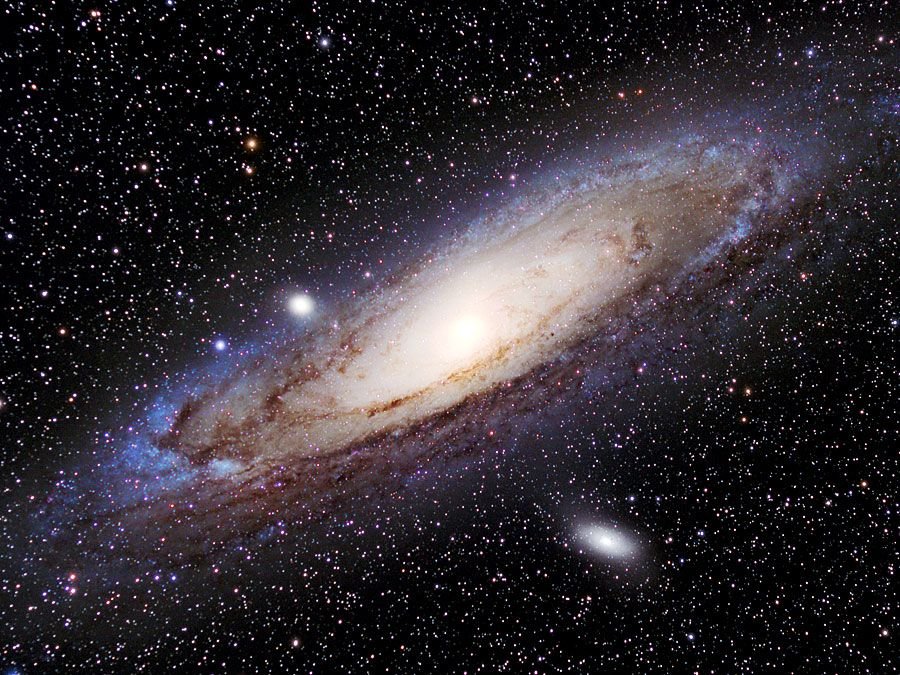In the vast expanse of the universe, few phenomena capture the imagination and curiosity of scientists and stargazers alike as much as black holes. These enigmatic cosmic entities, characterized by intense gravitational forces, have long been the subject of fascination and scientific inquiry. Join us on a journey as we demystify black holes, exploring their nature, formation, and the profound impact they have on the fabric of spacetime.
Understanding the Basics: What is a Black Hole?
1. Gravitational Collapse
At its core, a black hole is born from the gravitational collapse of a massive star. When a massive star exhausts its nuclear fuel, the balance between gravity pulling inward and radiation pressure pushing outward is disrupted. The star collapses under its gravity, forming a singularity—a point of infinite density—surrounded by an invisible boundary called the event horizon.
2. The Event Horizon
The event horizon is the point of no return around a black hole. Once an object, including light, crosses this boundary, it is inevitably drawn into the black hole, unable to escape the gravitational pull. This feature gives black holes their mysterious and seemingly dark nature.
Types of Black Holes
1. Stellar Black Holes
Formed from the collapse of massive stars, stellar black holes are relatively small, with a mass ranging from about three to dozens of times that of our sun. They are prevalent throughout the universe and play a crucial role in the life cycle of galaxies.
2. Supermassive Black Holes
Found at the centers of most galaxies, supermassive black holes have masses millions or even billions of times that of the sun. Their origin remains a topic of research, with theories suggesting they grew through mergers of smaller black holes or the accretion of vast amounts of mass over time.
3. Intermediate Black Holes
Intermediate black holes fall between the mass ranges of stellar and supermassive black holes. Their existence is still a subject of ongoing study, and their formation mechanisms are not yet fully understood.
The Dance of Accretion: Feeding the Black Hole
1. Accretion Disks
As matter spirals into a black hole, it forms an accretion disk—a swirling, flattened mass of gas, dust, and other materials. The intense gravitational forces heat the accretion disk, causing it to emit powerful X-rays and other forms of radiation, making the presence of a black hole detectable from afar.
2. Quasars and Active Galactic Nuclei
Some of the most luminous and energetic objects in the universe are powered by supermassive black holes. Quasars and active galactic nuclei are thought to be fueled by the accretion of mass onto these massive cosmic vacuum cleaners.

Spacetime Warping: The Einsteinian Legacy
1. General Relativity
Albert Einstein’s theory of general relativity forms the foundation for our understanding of black holes. According to this theory, massive objects like black holes warp the fabric of spacetime, influencing the motion of nearby objects. The stronger the gravitational field, the more significant the distortion.
2. Time Dilation and Gravitational Waves
Near a black hole, time appears to pass more slowly compared to regions with weaker gravitational fields—a phenomenon known as time dilation. Additionally, the collision or merging of black holes can produce ripples in spacetime called gravitational waves, a phenomenon directly observed for the first time in 2015.
The Information Paradox and Hawking Radiation
1. Information Preservation Dilemma
The fate of information that falls into a black hole has been a subject of debate. Theoretical physicist Stephen Hawking proposed the “information paradox,” suggesting that information swallowed by a black hole is lost forever, violating the principles of quantum mechanics.
2. Hawking Radiation
Hawking radiation, another groundbreaking concept by Stephen Hawking, proposes that black holes are not entirely black. Quantum effects near the event horizon allow black holes to emit faint radiation, gradually losing mass over time. This process implies that black holes can eventually evaporate.
Black Hole Mergers: A Symphony of Gravitational Waves
1. LIGO and Virgo Collaborations
The Laser Interferometer Gravitational-Wave Observatory (LIGO) and Virgo collaborations have ushered in a new era in astrophysics by directly detecting gravitational waves from black hole mergers. These observations provide unprecedented insights into the dynamics and properties of black hole systems.
2. The Unveiling of the Universe’s Secrets
Black hole mergers not only confirm the existence of these cosmic entities but also offer a unique opportunity to study the nature of gravity, the composition of black holes, and the distribution of these enigmatic objects throughout the cosmos.
Conclusion
Black holes, once considered mysterious and hypothetical, have become key players in our understanding of the cosmos. From the formation of stars to the dynamics of galaxies, these cosmic vacuum cleaners influence the structure and evolution of the universe. As scientists continue to unravel the mysteries surrounding black holes, the journey of discovery promises to reveal even more about the nature of spacetime and the interconnectedness of the cosmic tapestry. The study of black holes invites us to peer into the deepest recesses of the universe, sparking awe and inspiration as we navigate the fascinating realms of theoretical physics and observational astronomy.

